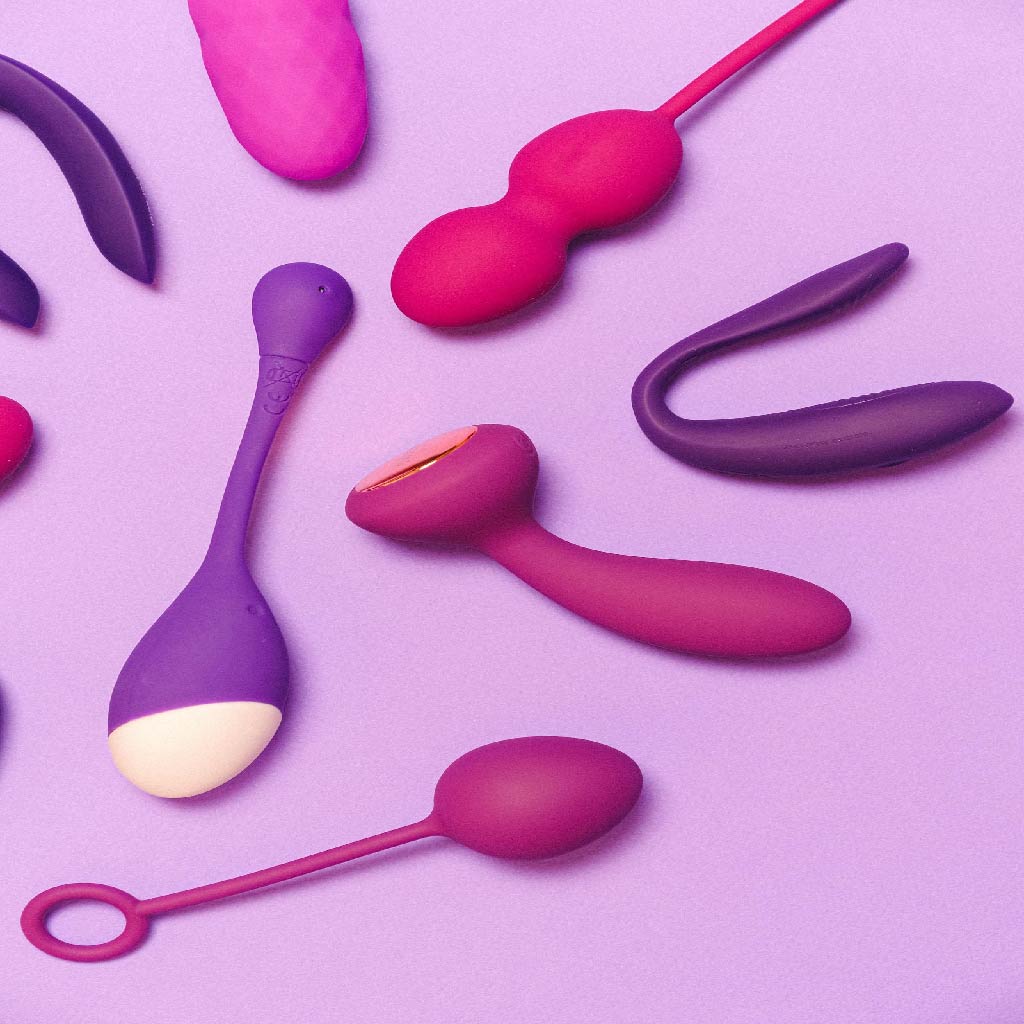Orgasms are a fascinating and complex aspect of human sexuality, and the experiences can vary widely between individuals. Understanding the differences between male and female orgasms can help enhance sexual satisfaction and improve communication between partners. In this post, we explore the key distinctions and nuances between male and female orgasms, covering aspects like frequency, duration, intensity, psychological factors, and societal influences.
<Frequency of Orgasms>
**Male Orgasms:**
Men typically experience orgasms more frequently during sexual activity. Studies show that over 95% of men reach orgasm during sexual intercourse, often coinciding with ejaculation. The biological link between orgasm and ejaculation in men makes this experience relatively predictable.
**Female Orgasms:**
For women, the frequency of orgasms can be less consistent. Research indicates that only 50-75% of women consistently reach orgasm during sexual intercourse. Women often require clitoral stimulation to achieve orgasm, and the path to orgasm can be more varied and less predictable compared to men.
<Duration of Orgasms>
**Male Orgasms:**
The duration of a male orgasm is typically brief, averaging between 3 to 10 seconds. The experience is usually concentrated and intense, often concluding with ejaculation.
**Female Orgasms:**
Women's orgasms can last longer, often around 20 seconds, and can sometimes be part of multiple successive orgasms. The duration and intensity of female orgasms can vary significantly depending on the type and method of stimulation.
<Multiple Orgasms>
**Male Orgasms:**
After experiencing an orgasm, most men enter a refractory period—a recovery phase during which it is difficult or impossible to achieve another orgasm. The length of this period can vary widely among individuals but generally precludes immediate subsequent orgasms.
**Female Orgasms:**
Many women have the potential to experience multiple orgasms in a short period. With the right kind of stimulation, women can move from one orgasm to another without a refractory period, allowing for a prolonged and cumulative experience of pleasure.
<Intensity and Experience>
**Male Orgasms:**
For men, the intensity of an orgasm is often linked to the sensation of ejaculation. The experience tends to be straightforward and physically focused, with less variation in sensation compared to women.
**Female Orgasms:**
Women can experience a range of orgasmic sensations, including clitoral, vaginal, and blended orgasms (a combination of clitoral and vaginal stimulation). The intensity and depth of female orgasms can vary greatly depending on the type of stimulation and individual sensitivity.
<Psychological Factors>
**Male Orgasms:**
Men's sexual arousal is often closely tied to visual stimuli, and the pathway to orgasm is generally more direct. Psychological factors, while still significant, may play a less complex role compared to women.
**Female Orgasms:**
For women, psychological and emotional factors are crucial in achieving orgasm. Elements such as emotional intimacy, trust, stress levels, and overall comfort play significant roles in sexual arousal and orgasm. The complexity of these factors can make the experience of orgasm more variable for women.
<Societal and Cultural Influences>
**Male Orgasms:**
Culturally, male orgasms have often been seen as the "end goal" of sexual encounters, potentially leading to misunderstandings and neglect of the female experience. This focus can sometimes overshadow the importance of mutual satisfaction.
**Female Orgasms:**
Women's orgasms have historically been less understood and sometimes marginalized, leading to the so-called "orgasm gap" where men report higher rates of orgasm compared to women. However, recent cultural shifts are increasingly recognizing the importance of female sexual satisfaction and the need for greater awareness and communication.
Understanding these differences is essential for fostering better sexual communication and ensuring both partners feel fulfilled and respected in their sexual relationships. Recognizing that everyone’s experience is unique and valuing open dialogue about preferences and needs can lead to more satisfying and enriching sexual experiences.





